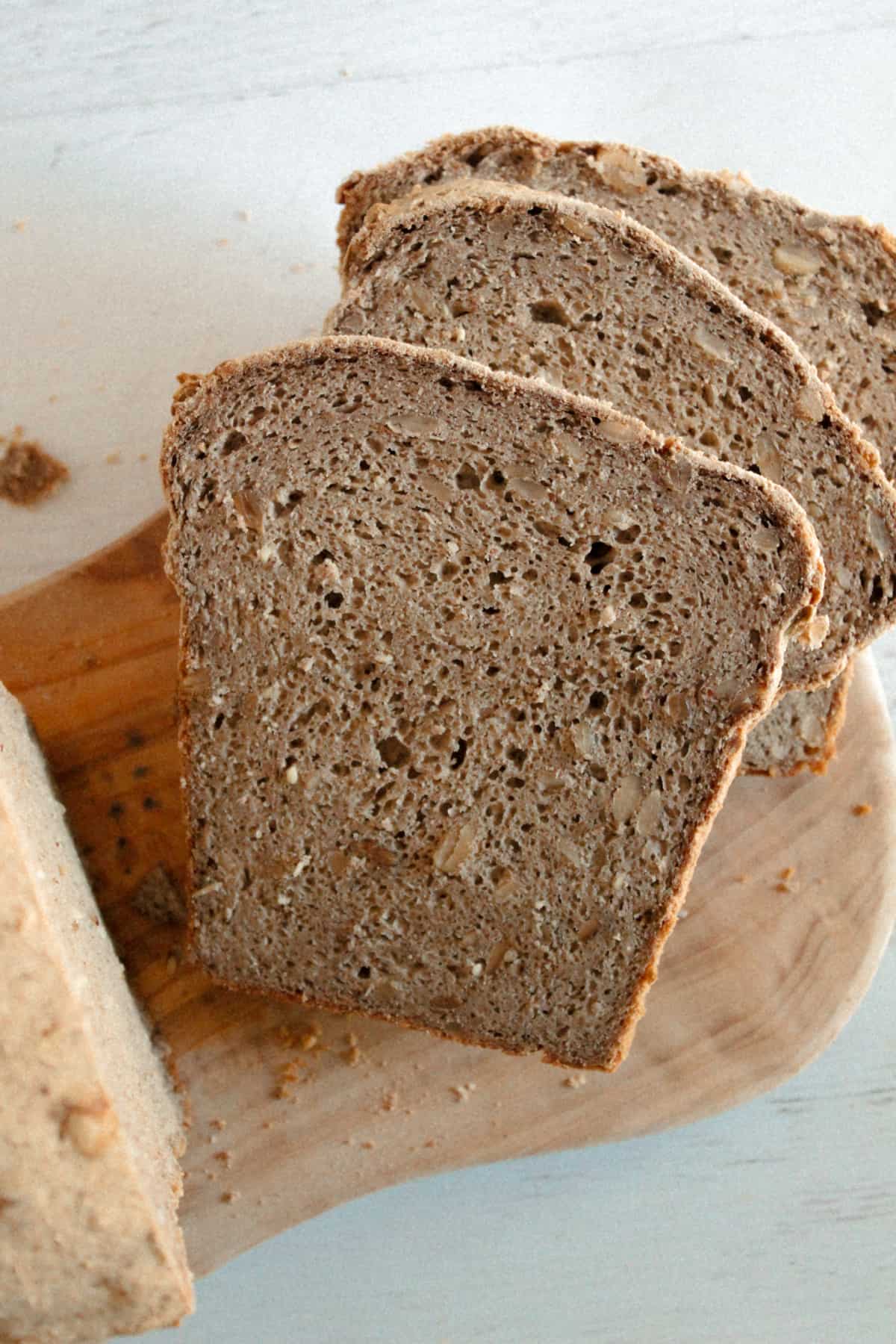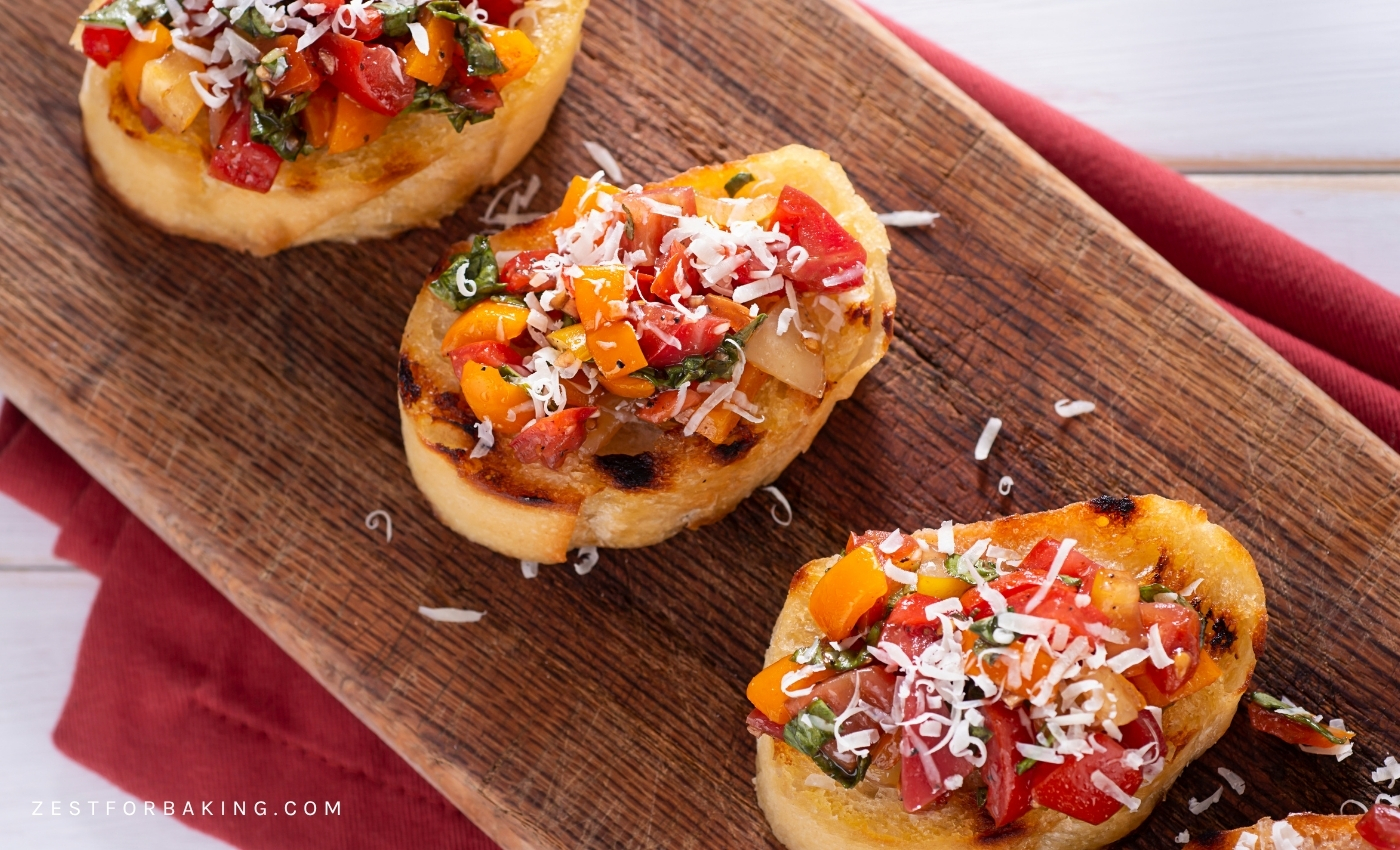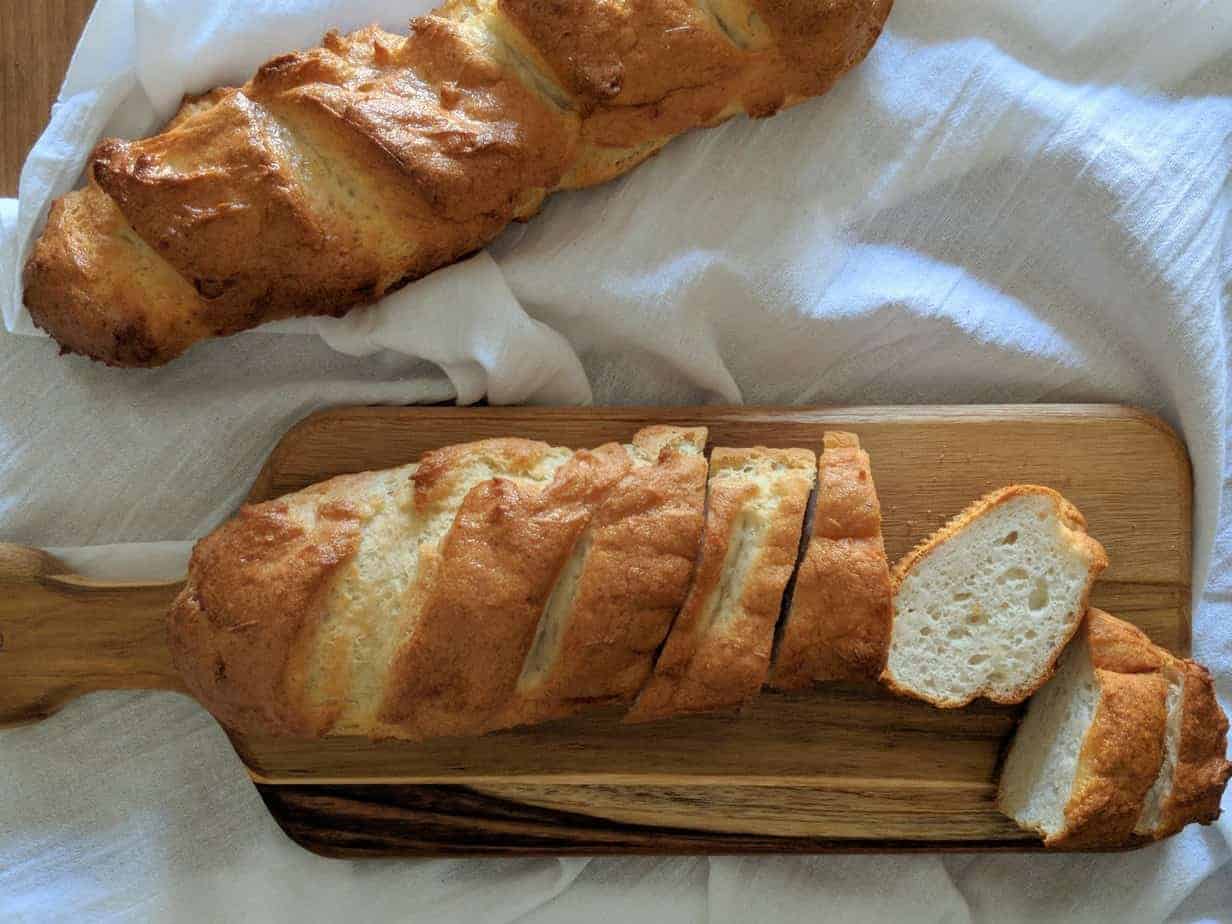Making the Perfect Gluten-Free Sourdough Bread
A good gluten-free sourdough bread is surprisingly easy to make (and even easier to eat), so that you can enjoy the tangy flavor of sourdough even if you are gluten intolerant. Gluten-free sourdough bread actually has significant health benefits because it is easier to digest than ordinary breads; the proteins are already partially broken down before the bread even hits your digestive system. It also helps keep your blood sugar in check by not causing the spike that other types of bread do.
The secret behind the bread’s unique flavor lies in fermenting the flour in a sourdough starter that you can keep for as long as you want to keep feeding it. However, not any flour can be used to make this type of bread, in part because of the wide variety of flavors available, but mostly because of their starch levels.
It is necessary to use a flour mix that has a good ratio of protein to starches in order to produce a bread that has a nice, fluffy texture and that doesn’t fall apart. Another alternative to mixing your own flour is to buy it pre-mixed, a good idea for beginners to gluten-free bread baking.
The Sourdough Starter
Every loaf of sourdough begins with a starter. You make this flour-and-water combination ahead of time and let it sit in your fridge until the flour has sufficiently fermented, and this is the base of the bread that adds that tangy taste we all love.
The process takes about 5–7 days, but once your starter is ready you can continue to feed it and it will be ready-to-go whenever the mood strikes you to make another loaf of bread.
To make it, simply whisk together ½ cup of gluten-free flour mix with ½ cup water in a non-metal bowl or wide-mouthed jar and put it in the fridge. Then, over the next 5–7 days you’ll add ½ cup of the flour and a 1/2 water about twice per day at regular intervals.
Watch the starter as you continue to feed it; after about three days after you begin the starter, bubbles should begin to form around the top and sides of the mixture. If you do not have bubbles, you will need to start feeding the starter three times per day, still at regular intervals.
You will be able to tell that you sourdough starter is ready when it forms a nice round dome within about three hours of your feeding it. At this point you can make your loaf.
It can seem like a long process at first, but don’t worry—a nice loaf of fresh sourdough bread is definitely worth the effort.
Making the Bread
When your starter is nicely fermented, you can make your first loaf of sourdough. Many gluten-free bread bakers understand that since gluten-free flour can be trickier than wheat flour, beginners may not get the results that they are looking for on the first try. Don’t let this discourage you though, just continue to feed your starter and try again.
Ingredients
2 cups gluten-free flour mix
¼ teaspoon cream of tartar
¼ cup sugar
1 teaspoon salt
2 teaspoons active dry yeast
2 cups sourdough starter
3 tablespoons butter, melted (or any oil of your choice)
1 ½ cup milk, heated to about 100 degrees Fahrenheit
Directions:
Prepare your 9 x 5 bread loaf pan by greasing it well and set it aside.
Next, combine your flour mix, cream of tartar, sugar salt, and yeast in a large bowl. Add the sourdough starter and butter and continue to mix it all together.
Add the milk to your dough slowly and combine well. You want to end up with a mixture that is thicker than cake batter, but not as thick as a cookie dough.
Pour the mixture into your bread pan and let it sit in a warm place for around 8 hours. More or less time is okay, whatever works best for you, but you want the sourdough to have risen by at least a third.
Bake the batter at 350 degrees Fahrenheit for about 40 minutes. When the loaf is ready it will look golden brown on the top and will not “jiggle” at all. Allow the pan to cool on a wire rack for about 15 minutes before turning the loaf out of the pan and allowing it to cool completely.
Don’t try to resist diving right into your fresh loaf of sourdough and enjoy! This tastes great smothered in butter, jam, or peanut butter, or as a part of your favorite sandwich.


